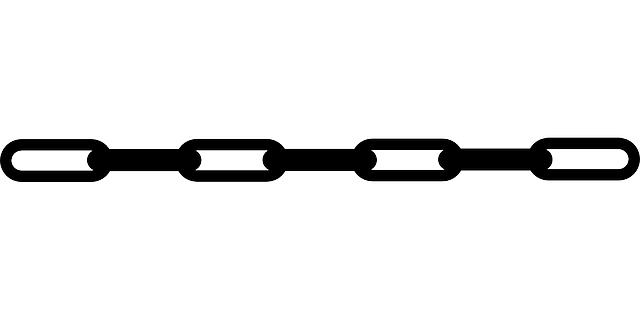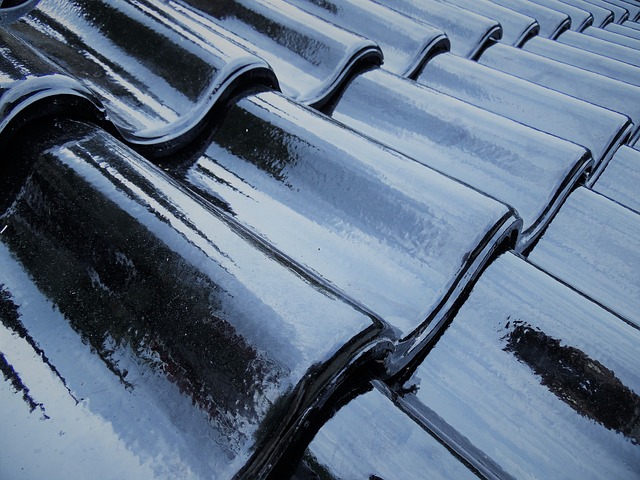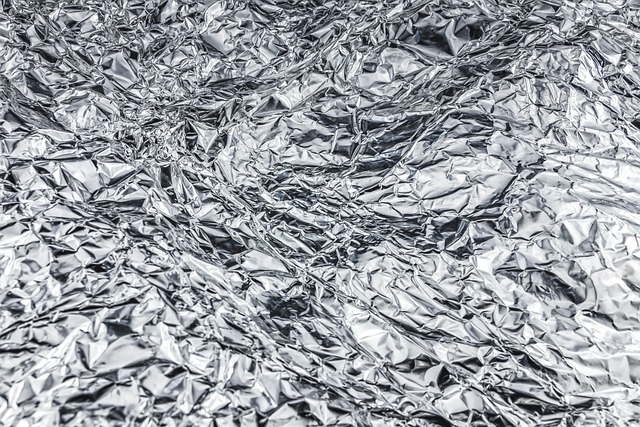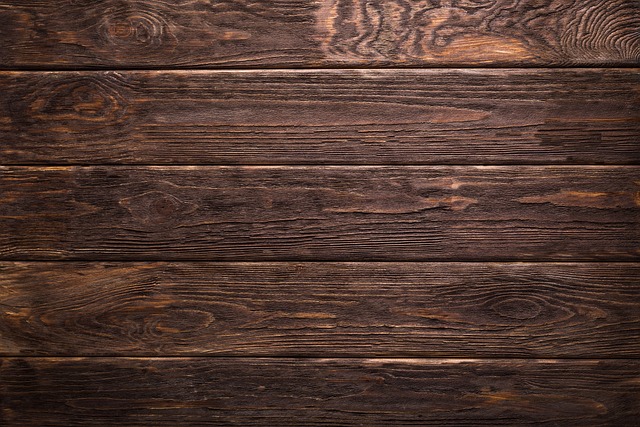Choosing the right durable roofing materials is vital for protecting buildings in extreme weather regions, preventing costly repairs. Options like asphalt shingles, metal panels, tile roofs, and wood shakes offer tailored benefits based on climate. Metal roofing excels in wind resistance and longevity, ideal for harsh conditions. Tile roofs are durable against winds, heat, cold, and fire but more expensive. Wood shakes require maintenance but have traditional appeal. Key factors include durability, element resistance, regional needs, weight, installation ease, and environmental impact. Metal roofs are a popular choice due to their exceptional strength, longevity, and energy efficiency. Shingles and tiles protect against weather with unique designs and proper maintenance. Advanced materials like reinforced composite shingles and metal panels provide superior storm resistance, catering to homeowners seeking long-term protection.
In regions prone to extreme weather, choosing the right roof materials is paramount for safeguarding homes and investments. This article delves into the critical role of durable roofing materials in withstanding harsh conditions, from fierce storms to blazing heat. We explore diverse options—from traditional shingles and tiles to innovative metal alternatives—and guide readers through key factors to consider when selecting weather-resistant solutions. Prepare to discover how modern roof technology enhances storm resilience and protects your property for years to come.
Understanding the Importance of Durable Roofing Materials

In regions prone to extreme weather conditions, such as heavy storms, hurricanes, or blizzards, choosing the right durable roofing materials is paramount for both home and building protection. Traditional roofing may not withstand these formidable forces, leading to costly repairs or even complete replacements. Thus, selecting robust and reliable materials is a proactive step towards safeguarding properties and ensuring peace of mind.
Durable roofing materials play a pivotal role in withstanding the elements, preventing water intrusion, and maintaining structural integrity. They offer enhanced longevity, reducing the need for frequent upgrades. Features like resistance to high winds, impact tolerance, and superior insulation properties make these materials essential for creating safe havens that can brave the most extreme weather events.
Common Roof Material Options for Extreme Weather Conditions

In regions prone to extreme weather conditions, selecting the right roof material is paramount for both structural integrity and long-term protection. Common choices among durable roofing materials include asphalt shingles, metal panels, tile roofs, and wood shakes or shingles. Each option offers distinct advantages tailored to specific climates. For instance, asphalt shingles are widely used due to their affordability, ease of installation, and ability to withstand high winds and snow loads—essential attributes for regions facing hurricanes or blizzards.
Metal roofing has gained popularity for its superior wind resistance and long lifespan, making it ideal for areas frequently hit by tornadoes or tropical storms. Tile roofs, while more expensive, offer excellent protection against strong winds, extreme heat, and cold, as well as fire resistance. Wood shakes or shingles provide a traditional aesthetic appeal alongside durability, suitable for regions with moderate weather conditions but require regular maintenance to prevent rot and insect damage.
Factors to Consider When Choosing Roof Materials for Harsh Environments

When selecting roof materials for extreme weather conditions, several factors come into play to ensure longevity and protection. The primary considerations revolve around durability, resistance to natural elements, and regional climatic demands. For instance, in areas prone to heavy snowfall and freezing temperatures, choosing materials that can withstand such stress is paramount. Durable roofing materials like metal or reinforced asphalt shingles often excel in these conditions due to their superior impact and freeze-thaw resistance.
On the other hand, regions with intense hurricanes or frequent storms necessitate materials capable of withstanding high winds and flying debris. Concrete tiles or concrete roofs are popular choices here for their strength and ability to provide excellent protection against such hazards. Additionally, considering factors like weight, ease of installation, maintenance requirements, and environmental impact is vital to making an informed decision.
Advantages of Metal Roofing in Extreme Weather Events

Metal roofing has emerged as a top choice for many homeowners in regions prone to extreme weather events due to its superior durability and performance. This robust material is designed to withstand intense winds, heavy rainfall, and even hailstorms, making it an ideal solution for harsh climates. One of its key advantages is longevity; metal roofs can last for several decades with minimal maintenance, outperforming traditional roofing materials like asphalt or wood.
The resilience of metal roofing is evident in its ability to resist damage from high-speed winds, which often cause significant issues during storms. Its flexibility allows it to absorb impact without breaking or tearing, ensuring structural integrity. Additionally, the reflective properties of metal help regulate indoor temperatures, providing energy efficiency. This feature becomes increasingly valuable in extreme weather, where temperature fluctuations can be dramatic, making it a smart choice for those seeking both durability and cost savings in the long run.
The Role of Shingles and Tiles in Withstanding Severe Weather

Shingles and tiles play a pivotal role in safeguarding homes from the relentless onslaught of severe weather conditions. As one of the most common durable roofing materials, they offer both protection and aesthetic appeal. Shingles, with their flexible nature, are adept at withstanding high winds, rain, and even some level of snow accumulation. This is largely due to their interlocking design that creates a strong, seamless barrier against the elements. On the other hand, tiles provide an equally robust defence against extreme weather. Their rigid structure allows them to resist impact from debris and heavy rainfall, ensuring minimal damage during storms.
The key to their effectiveness lies in proper installation and regular maintenance. A well-installed roofing system with adequate gaps between shingles or tiles helps prevent water ingress, a common issue during intense weather events. Moreover, choosing high-quality materials that meet industry standards for durability ensures homes remain shielded from the worst that nature can throw at them.
Innovations in Roof Technology for Better Storm Resistance

The ever-evolving landscape of roofing technology has led to significant advancements in storm resistance, offering homeowners and builders a range of durable roofing materials. One notable innovation is the integration of high-performance composites and fiber-reinforced asphalt shingles. These shingles are designed to withstand extreme wind speeds and intense impacts, providing superior protection against flying debris during storms. Their enhanced durability compared to traditional shingles makes them a popular choice for areas prone to severe weather conditions.
Additionally, metal roofing has emerged as a game-changer in storm-resistant construction. Metal panels or tiles offer exceptional strength and longevity, with some varieties even featuring special coatings that improve their resistance to corrosion and UV damage. Their lightweight nature allows for easier installation while ensuring structural integrity during intense storms, making them an excellent choice for those seeking long-term protection.
